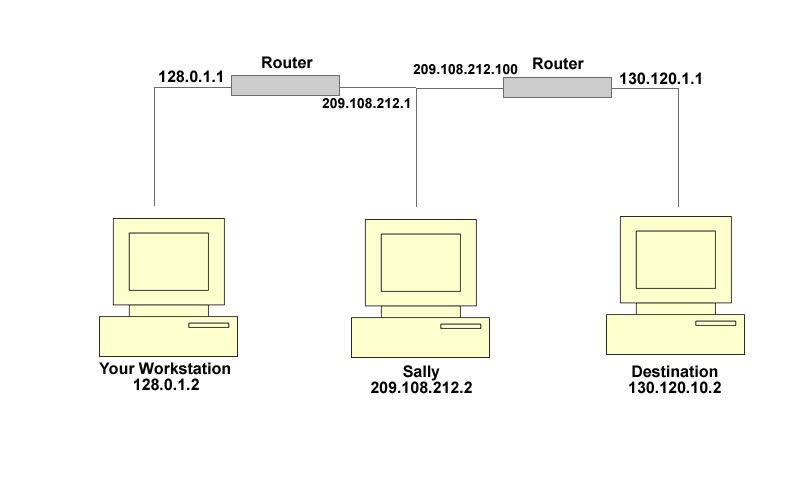Ive got this question from college which i need help on. Below is the question. Please read it and then select one of the following options on the poll please if you know the answer, thank you.

Your IP address is 128.0.1.2. You wish to contact a host at 130.120.10.2. Two routers reside between you and the destination. Their IP addresses are 128.0.1.1 and 130.120.1.1. What would be your default gateway?

Your IP address is 128.0.1.2. You wish to contact a host at 130.120.10.2. Two routers reside between you and the destination. Their IP addresses are 128.0.1.1 and 130.120.1.1. What would be your default gateway?
![[H]ard|Forum](/styles/hardforum/xenforo/logo_dark.png)